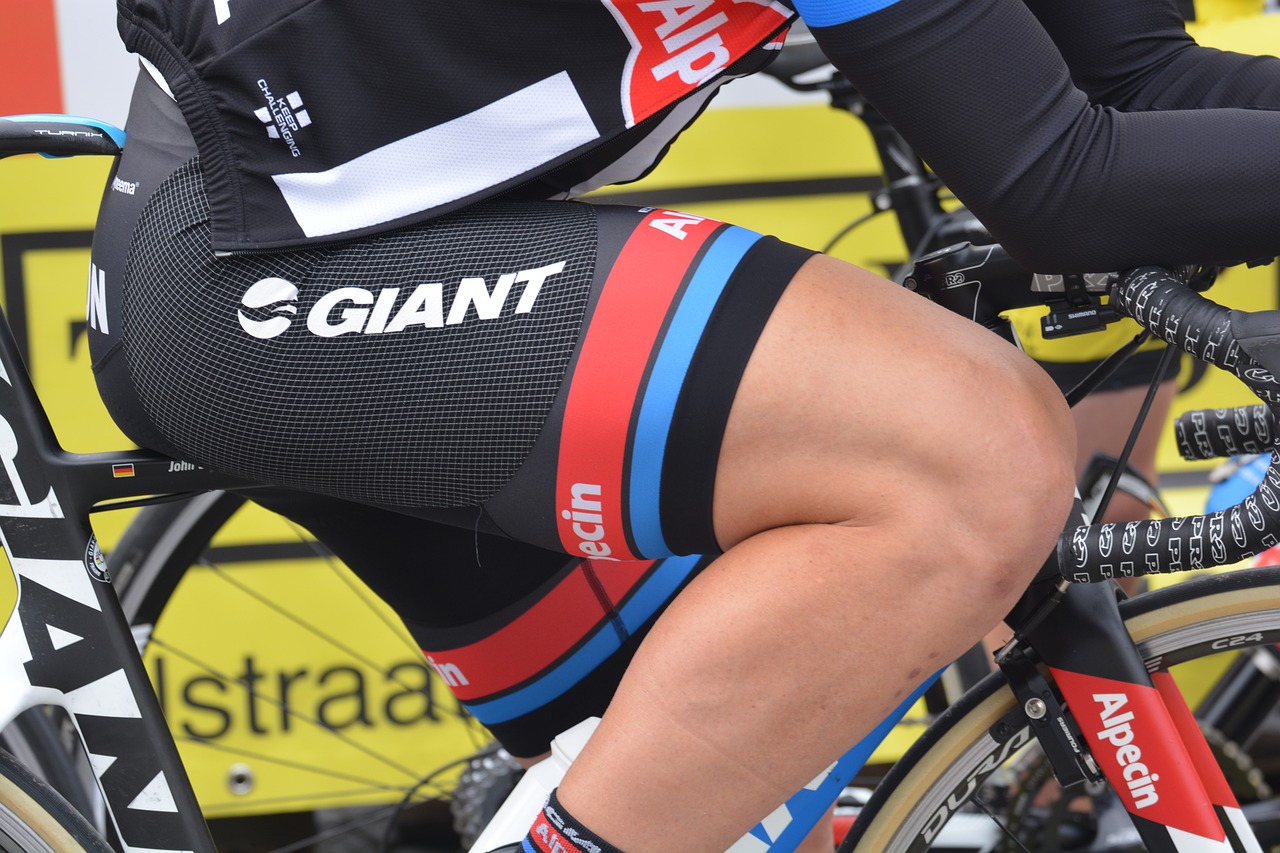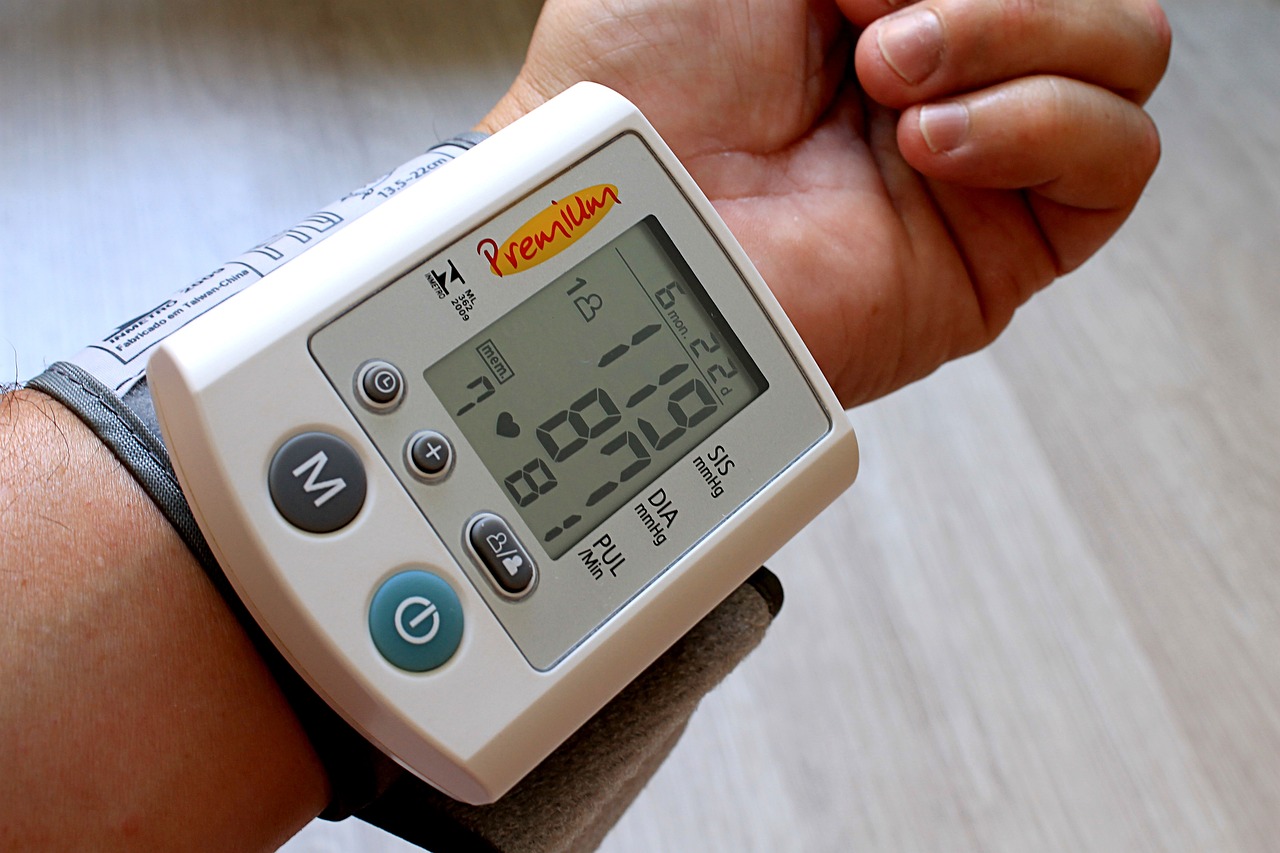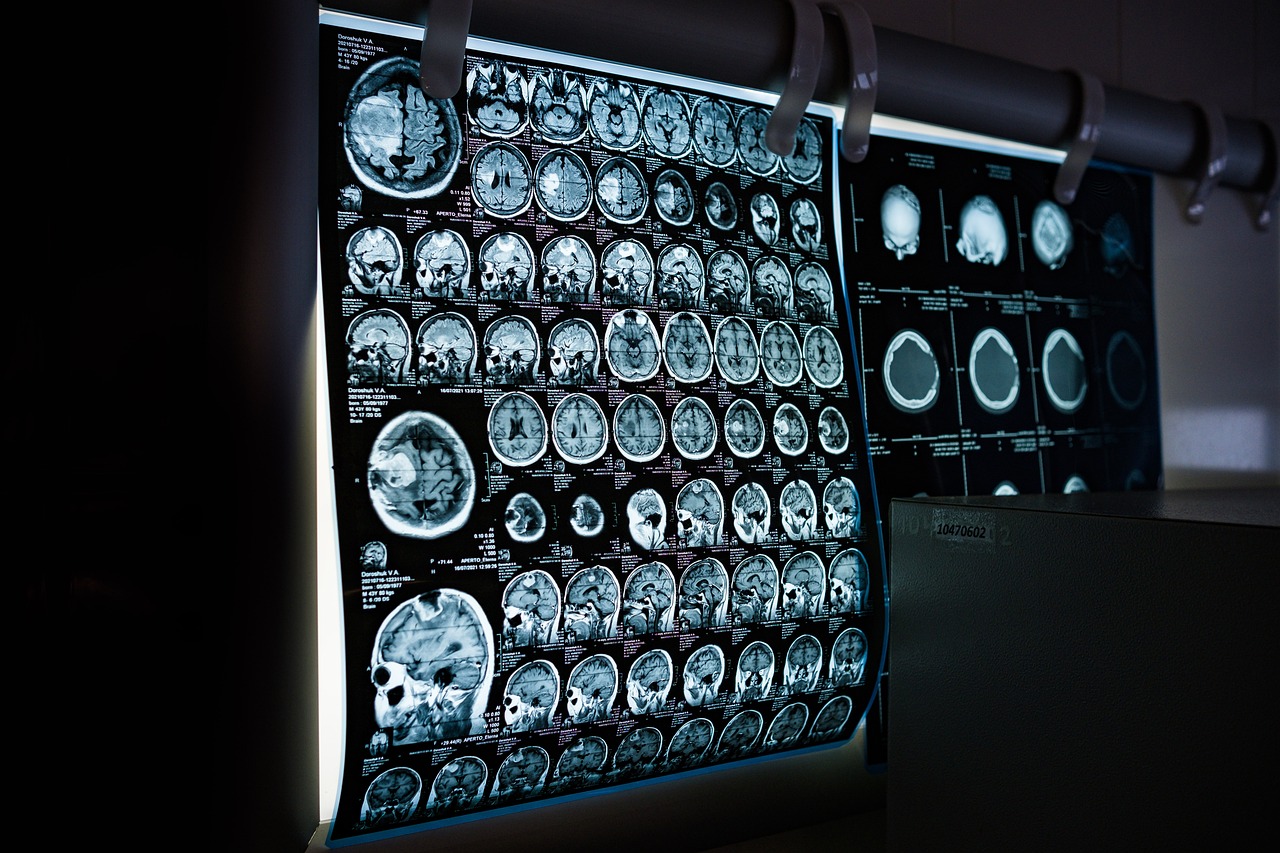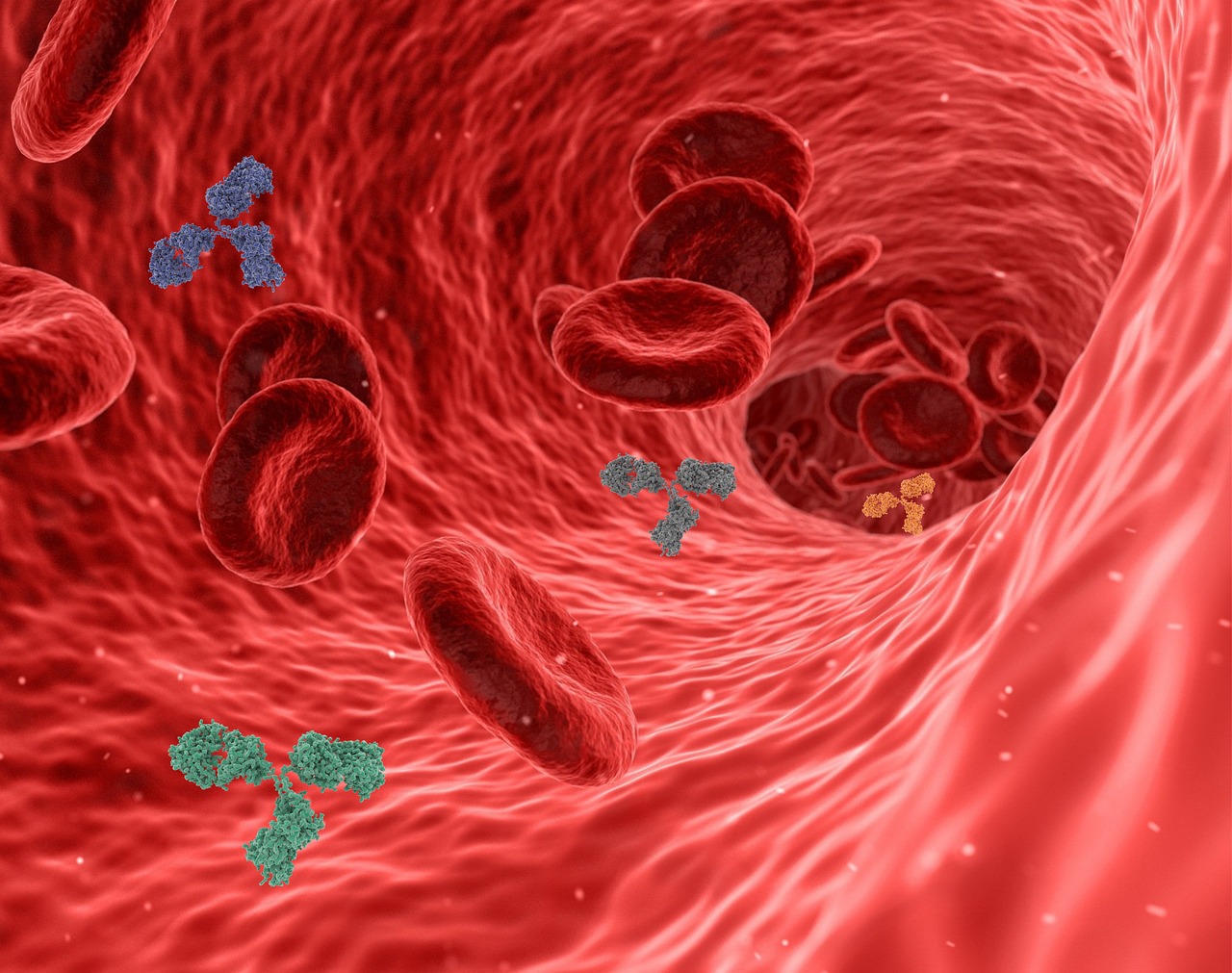Necrosis of the femoral is a common disease, especially in the elderly, and its pathological mechanism and pathogenesis are very complex. Knowledge of necrosis of the femoral not only helps early detection and timely treatment, but also minimizes pain and promotes recovery. For this reason, this article will lead you to understand the key knowledge of necrosis of the femoral.
Necrosis of the femoral is a chronic evolutionary process, which initially occurs mainly in the weight-bearing area of the femoral, i.e. the destruction of bone trabeculae and their microvessels. Subsequently, it enters a process of bone tissue repair. If this repair process is not perfect, it is likely to lead to consequences such as femoral head collapse, deformation, joint inflammation and dysfunction. As the disease progresses, symptoms of femoral can cause problems such as pain, limited joint movement and dysfunction.
Early symptoms of femoral necrosis:
Early symptoms of osteonecrosis of the femoral can vary from individual to individual, but common symptoms include:
Hip pain: early osteonecrosis of the femoral is usually characterized by hip pain, which may gradually worsen. Initially it may be a mild discomfort, and as the disease progresses, the pain may gradually worsen, spreading around the hip and into the thigh.
Restricted mobility: Range of motion may be limited due to pain and damage to the femoral. Patients may find themselves in discomfort when walking, climbing stairs or bending their knees.
Abnormal gait: Necrosis of the femoral may result in an abnormal gait, and patients may experience claudication, which is a noticeable waddling, limping, or imbalance of the feet while walking.
There is also a symptom known as silent symptoms, which is a specific case of femoral necrosis. In this case, the patient may not feel pain or experience other symptoms in the early stages, but over time, the reduction of bone tissue cells and further deterioration of the hip bone structure may lead to the onset of femoral necrosis.
Can necrosis of the femoral be cured?
The cure of necrosis of the femoral depends on many factors, including early diagnosis of the disease, treatment methods, and individual differences of patients. For patients who are diagnosed at an early stage and treated appropriately, they can get better treatment results and may even be cured completely. However, for patients whose disease is already more serious or has progressed to advanced stages, the possibility of cure may be lower. Conservative treatment is the treatment of choice for early stage osteonecrosis of the femoral, helping patients to reduce pain and slow down the progression of the disease by reducing the load on the bone, physiotherapy and medication. Surgical treatments such as bone marrow stimulation, bone grafting and artificial joint replacement may be considered for some moderate severity cases.
How is necrosis of the femoral caused?
Impaired blood supply: Impaired blood supply is one of the most important causes of femoral necrosis. When the blood supply to the femoral is damaged or interrupted, it leads to ischemia and hypoxia of the bone cells, which ultimately results in the death of the bone cells. Blood supply disorders may be caused by the following reasons: bone blood vessel damage, blood vessel diseases (e.g., atherosclerosis, thrombosis), long-term use of hormone drugs, bone fracture or joint injury.
Bone structure abnormalities: Certain bone structure abnormalities may increase the risk of femoral necrosis. For example, abnormal development of the hip joint, degeneration of the hip joint, breakthrough of the synovium of the hip joint, etc. These problems may lead to changes in the mechanics of the bones, which in turn affect the normal blood supply to the femoral.
Long-term chronic use of hormonal drugs: Long-term use of hormonal drugs, such as steroids, may lead to necrosis of the femoral. Hormonal drugs interfere with the metabolism of bone cells, making bone tissue susceptible to damage and ischemia.
Alcoholism and smoking: Alcoholism and smoking are among the risk factors for osteonecrosis of the femoral. Alcohol and nicotine have a negative effect on blood circulation and bone cells, which may lead to vasoconstriction and reduced blood supply, increasing the risk of necrosis of the femoral.
What’s good for people with necrosis of the femoral?
Calcium and vitamin D intake: Calcium and vitamin D are very important for bone health. It is recommended to increase the intake of calcium, you can choose foods containing high calcium, such as dairy products, beans, nuts, green leafy vegetables, etc.. Meanwhile, vitamin D also promotes the absorption of calcium, which can be obtained by sun exposure or through food or supplements.
Increase intake of anti-inflammatory foods: Some foods have anti-inflammatory properties that can help reduce symptoms and promote recovery. For example, fish is rich in omega-3 fatty acids, which can reduce inflammatory responses. Also, choosing foods rich in antioxidants, such as dark vegetables, fruits, nuts and whole grains, can help reduce inflammation levels.
Control fat intake: A high-fat diet may worsen the inflammatory response and osteoporosis. It is recommended to choose low-fat foods and try to avoid saturated and trans fats. Prioritize foods rich in healthy fats such as vegetable oils, fish and nuts.
Supplementation of joint health supplements: Some joint health supplements such as glucosamine, chondroitin and collagen help to maintain healthy joints, and may be considered as appropriate on the advice of your doctor.



